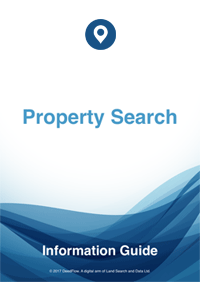Boundaries and Hedges
Contents
Article Summary
This article looks into the definition of high hedges, as defined by statute and looks at remedies for infringement, including the enforcement of easements of light, if there are any. The existence of easements of light can be ascertained by looking at the Land Registry Title Register.
High Hedges
High hedges will normally only become a nuisance to a neighbour where they have been planted on or close to a property boundary, as they will then be closer to the adjoining property. What constitutes a high hedge has been made the subject of legislation. Part 8 of the Anti-Social Behaviour Act 2003 defines a high hedge as one that is more than 2m high. This definition does not apply to trees or shrubs, although if they are planted as a line of two or more they may fall under the definition of a hedge, in which case the statute then applies to them.
The Act goes on to say that a hedge is wholly or predominantly made up of evergreens or semi-evergreens. Complaints under the Act can only be made in respect of domestic property, meaning a dwelling or garden/yard used in connection with a dwelling.
Part 8, Anti-Social Behaviour Act 2003
Section 6 defines a high hedge
(1)
In this Part "high hedge" means so much of a barrier to light or access as—
(a)
is formed wholly or predominantly by a line of two or more evergreens; and
(b)
rises to a height of more than two metres above ground level.
(2)
For the purposes of subsection (1) a line of evergreens is not to be regarded as forming a barrier to light or access if the existence of gaps significantly affects its overall effect as such a barrier at heights of more than two metres above ground level.
(3)
In this section "evergreen" means an evergreen tree or shrub or a semi-evergreen tree or shrub.
Easement of Light
It would be a prudent step to check your Title Register to see if there is an easement of light contained within it. If there is such an easement you can take the matter to your local county court if your neighbour will not cooperative in reducing the hedge size, and may receive a judgment more favourable than what the legislation allows, including damages. You will need to justify your claim, e.g. by showing that natural sunlight is blocked from your garden, or that the height and density of the hedges are interfering with plant growth in your garden.
Remedies
1. Ask your neighbour to cut the hedge. If your neighbour is a tenant you should write to the landlord. If you are unaware of the landlord's address you can discover this by obtaining a copy of the Title Register for the property concerned. His address will be found in the B section of the Register.
2. Claim for damages in County Court if you have an easement of light.
3. Complaint to council to eradicate the nuisance - this can only be made if the hedge has already attained the required height of 2m and you can show justification for making the complaint.
4. As with trees, hedges that encroach on your property can be trimmed back to the boundary, unless they are protected by a tree preservation order, in which case you will need the council's permission.
Boundary Search 2 Properties
Obtain all the available property documents held to help resolve common boundary problems. For 2 Adjoining Properties.
£99.95Boundary Search 3 Properties
Obtain all the available property documents held to help resolve common boundary problems. For 3 Adjoining Properties.
£146.95Boundary Search 4 Properties
Obtain all the available property documents held to help resolve common boundary problems. For 4 Adjoining Properties.
£193.95


